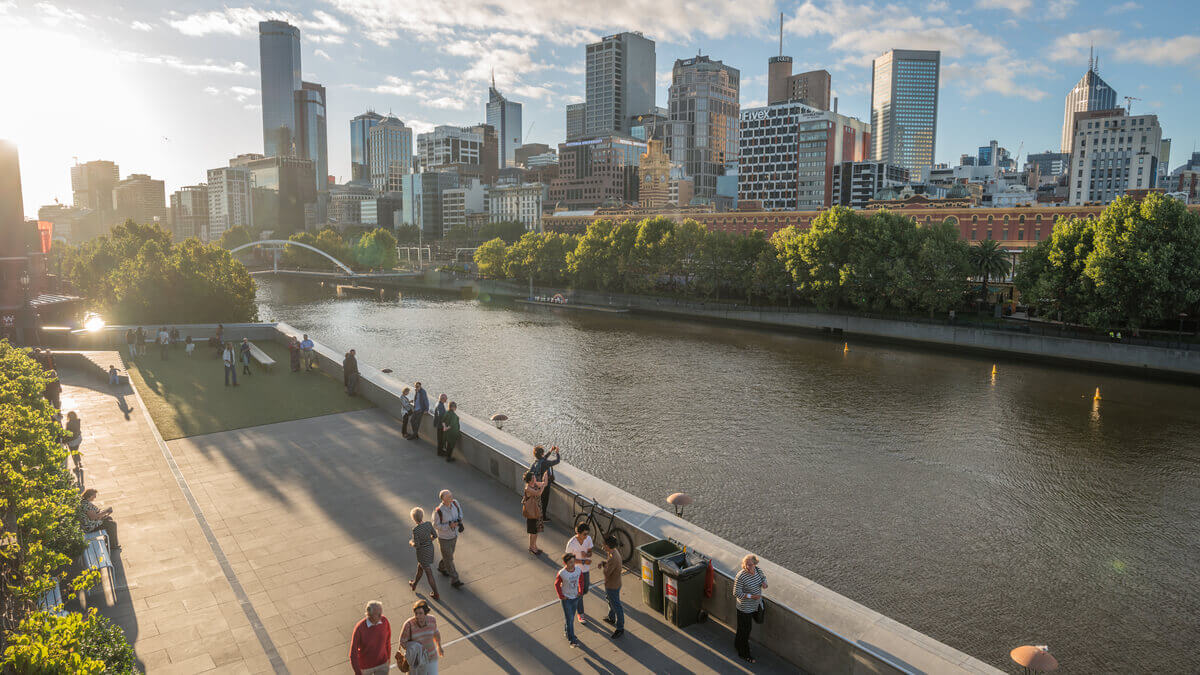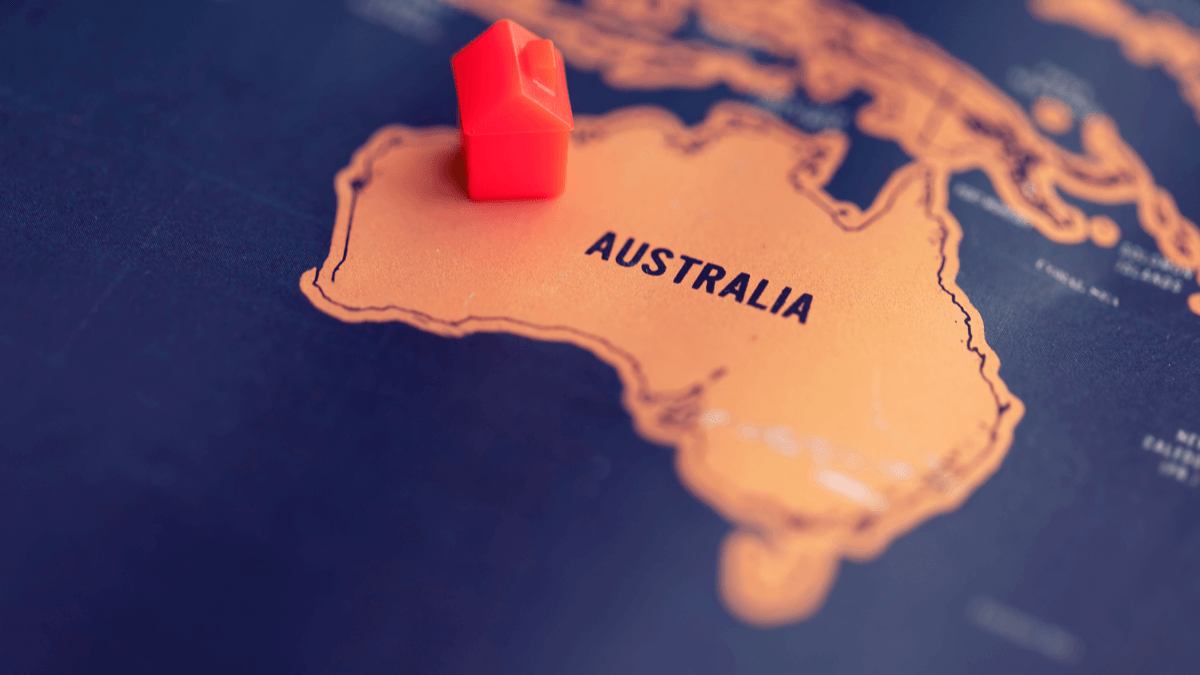Migrating to Australia from Singapore: Salaries, taxes, cost of living
We cover everything youneed to know about migrating to Australia from Singapore: ✓Jobs and income ✓Taxes ✓Banking ✓Cost of Living ✓Education ✓Visas ✓Weather

Australia is a popular destination for short breaks, and also a big draw for expats wanting to experience a different way of life. From the vibrant cities and exciting cultural scene, to the expansive and fascinating natural environment, there’s something for everyone - and a warm welcome guaranteed.
If you’re thinking of making the move, you may be wondering about how to get set up with the right visa, and find jobs in Australia for Singaporeans. This guide will get you started, with helpful advice about how and where to find a job, what visas might suit your situation, and how to make sure you hit the ground running when you arrive.
One thing you’ll need to make the most of your time in Australia, is a local bank account. We’ll also explore how you may get this before you set off, by opening a Transferwise borderless account to manage your money, while you travel. More on that later.
Depending on your situation, and the visa type you’re applying for, there are a few different ways to look for jobs in Australia for foreigners. Aside from those outlined here, you can also use your own network, and word of mouth, to find a position. Look for groups relating to your experience and based in Australia on Facebook or LinkedIn, for example, and try asking friends and family if they have any connections in Australia who may help. Here are a few other smart places to search:
As with most of the world, online job portals are a great place to find a job in Australia - which means you can get started long before you travel. Check out Australian sites like Indeed and Career One, as well as carrying out a more local search for the area of the country you intend to move to. Getting a job lined up before you travel can help when it comes to finding a visa which suits your situation.
If you’re going to Australia on a Work and Holiday Visa - more about these in a minute - there are lots of options out there in the form of support programs which help visa holders find casual and temporary work. You might even find an agency which will pick you up from the airport, help you get accommodation and get your tax information all sorted for you. Search your options online to find one which suits, and don’t forget to check out all the costs and conditions involved.
Depending on your skills and career stage, you might choose to look for work using an international recruitment agency or headhunter. If you have a specific expertise, or work in a skills shortage area, this might work well for you. A recruitment agent should help connect you with potential employers - although getting the job will then be down to your own performance in interviews, and how you fit the role.
Don’t discount the small ads and jobs section in Australian newspapers - you might just find the role you need there, as The Australian High Commission (the official representative of the Australian Government in Singapore) website also recommends.
To travel to Australia you’ll need to apply for a visa or Electronic Travel Authority document, depending on your circumstances. Some types of visa can be obtained online - for others you’ll have to visit the Australian Visa Application Centre in Singapore.
There are different types of working visa available for Australia, including:
You’ll be able to explore the types of visa available to you online, to find the one which might suit your needs the best, using the Australian Department of Home Affairs visa finder tool. There’s an overview of some of the most popular types of Australian working visas coming right up.
You can either apply for a visa yourself, or have a professional agent help you. In this case, you’ll pay a fee, so make sure you know exactly what service you’re paying for.
If you’re aged between 18 and 31 you may be eligible for a 12 month Work and Holiday Visa for Australia. This will allow you to work for up to 6 months with any single employer in Australia, study for up to 4 months, and leave and re-enter Australia whenever you need to during the visa validity period. This number of visas of this type being issued is capped annually - so you’ll need to check if it’s available to you when you want to travel.
If you have a job already lined up and aren’t planning on moving to Australia permanently you may be eligible for a 4 year Temporary Skill Shortage Visa. This route is designed for skilled or highly skilled workers who want to do a job in a skills shortage area in Australia. You’ll need to fulfil English language requirements, and have your employer nominate and sponsor you - meaning they demonstrate the role could not be filled by a local.
If you’re planning on moving to Australia for the long term, there are a few different working visa options available. Although you can apply independently, it is far more common to apply for one of these visas via an employer. This means you’ll need to find a job in advance. If this sounds like your situation, check out the Employer Nomination Skilled Visa, and the Regional Sponsored Migration Scheme Visa, available on the Australian Government, department of Home Affairs, official website.
A final option may be to get a visa through nomination by an Australian state or territory government agency. This applies to skilled workers, who will also need to meet a minimum level on the assessed immigration scores, and be aged under 45.
Choosing where to live in Australia is a big decision. The climate varies significantly across the country, and different types of work are available in different areas. Take some time to get to know the options before you start looking for work. Here are a few other things to think about:
It’s helpful to know that as part of your visa application you’ll usually need to pay a fee, meet the requirements for Englilsh proficiency and skill level, meet character and health requirements and sign the Australian Values Statement. Make sure you’re clear on the specific paperwork needed before you get started.
If you decide to get professional help from an Australian migration agent, you should know that agents have to be registered with the Australian government. Check out the details, and your options, on the Migration Agents Registration Authoritywebsite.
Relocation costs can vary widely depending on your situation. Naturally heading off on a working holiday with a single backpack is going to cost a lot less than shipping your entire household goods. The best way to get an initial sense of the moving costs is to use an online calculator to get a few quotes - such as the-relocator.com. You’ll get a few different options, and can then research further by talking to local companies to get their pricing for the move.
Accommodation is another variable factor. Check out real time estimates for all aspects of cost of living in various different Australian cities - including the cost of rent. One of the options can be Numbeo.com.
If you’re moving to Australia - even for a relatively short period - getting a local bank account could be a good way to save money and make day to day banking easier. You may choose to open a traditional bank account with one of Australia’s big banks - or you could opt for an online account which meets your needs, and could also cut costs.
In most cases, to open an account with an Australian bank, you’ll need to physically visit a branch once you get there, to show your documents. Regular banks can also be pretty costly for currency exchange and international payments - and as an expat, you’re likely to need to carry out exactly this type of transaction.
You might be better off if you choose a modern alternative to regular bank accounts, like the Wise multi-currency borderless account. You can open your account online in a few simple steps, and hold over 40 currencies - including Singapore and Australian dollars - all in the same place. Switch between currencies whenever you need to, using the Google exchange rate and for just a low transparent fee. You’ll also get local Australian bank details, so you can be paid fee-free just like a local. Best of all, Wise is up to 8x cheaper than banks so you can save yourself money, as well as saving time in getting your account up and running.
Making an international move can be both daunting and exciting. Use these tips as a starting point to explore your options for work and visas in Australia, and don’t forget to get the foundations laid before you travel, by opening a Wise multi-currency borderless account to pay your way once you arrive.
*Please see terms of use and product availability for your region or visit Wise fees and pricing for the most up to date pricing and fee information.
This publication is provided for general information purposes and does not constitute legal, tax or other professional advice from Wise Payments Limited or its subsidiaries and its affiliates, and it is not intended as a substitute for obtaining advice from a financial advisor or any other professional.
We make no representations, warranties or guarantees, whether expressed or implied, that the content in the publication is accurate, complete or up to date.

We cover everything youneed to know about migrating to Australia from Singapore: ✓Jobs and income ✓Taxes ✓Banking ✓Cost of Living ✓Education ✓Visas ✓Weather

Thinking of retiring to Australia from Singapore? Read our essential retirement visa Australia guide, covering everything from eligibility to fees.